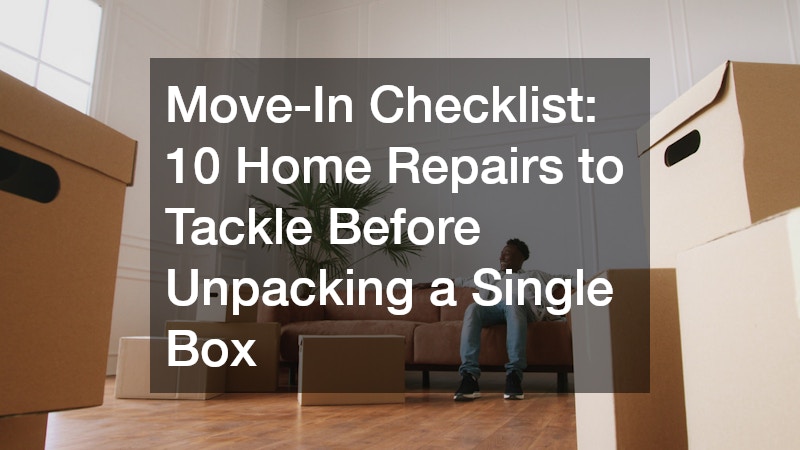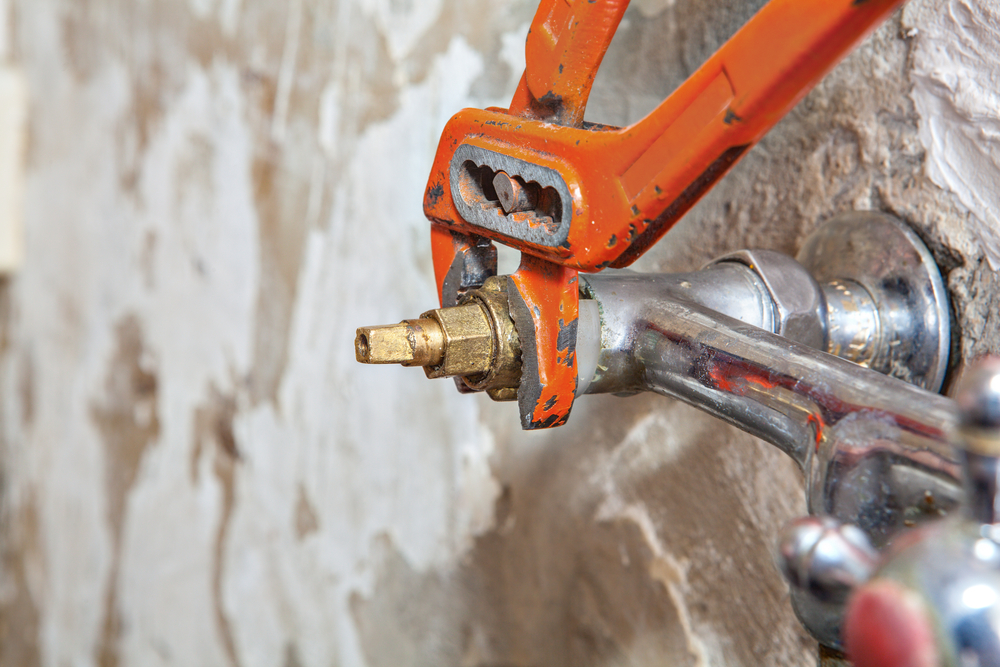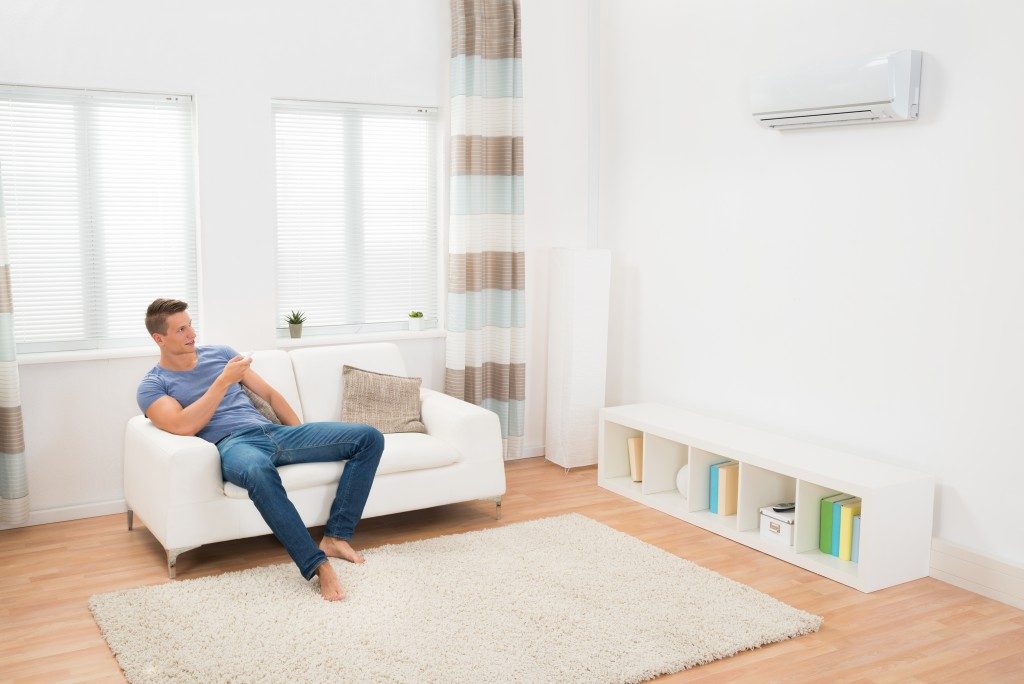Moving into a new home is exciting — that mix of boxes, paint swatches, and plans for where the sofa will go feels like the start of something fresh. But before you unpack a single box or pop the champagne, there’s a harsh truth to face: some repairs just can’t wait. These are the problems that can cause serious damage, cost a fortune later, or make your home downright unsafe.
Here’s a deep dive into the top ten repairs you should tackle before settling in.
- 1. Roof Leaks and Damaged Shingles
- 2. Foundation Cracks and Structural Issues
- 3. Outdated or Unsafe Electrical Wiring
- 4. Plumbing Leaks and Clogged Drains
- 5. Broken HVAC System
- 6. Roof Gutters and Drainage Problems
- 7. Pest Infestations and Hidden Damage
- 8. Mold, Mildew, and Moisture Issues
- 9. Damaged Windows, Doors, or Weatherstripping
- 10. Unsafe Flooring, Stairs, or Railings
- Final Thoughts: Move In With Confidence
1. Roof Leaks and Damaged Shingles
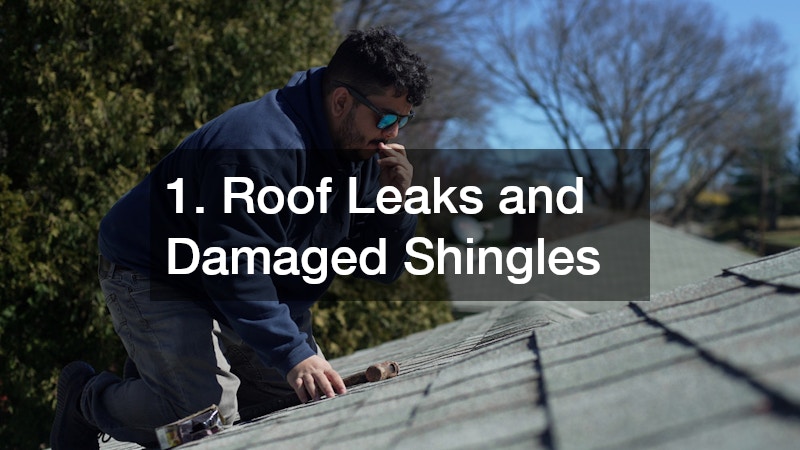
A roof in bad shape can quietly cause chaos. Leaks may seem small, but they can lead to water stains, mold growth, or even structural rot. Before moving in, have a roofing professional check for damaged or missing shingles, soft spots, and signs of water intrusion in the attic. They can also inspect flashing around chimneys, vents, and skylights — areas that often go unnoticed until they leak.
If leaks are found, schedule roof repairs right away instead of settling for temporary fixes. Replacing a few shingles now is far cheaper than repairing warped ceilings, insulation, or drywall later. It’s also smart to assess the roof’s age and materials — knowing whether you’re dealing with a 5-year-old asphalt roof or a 20-year-old one will help you plan future maintenance more confidently.
Before moving in, make sure to:
-
Inspect for missing or curling shingles.
-
Check flashing around chimneys and vents for gaps or rust.
-
Look inside the attic for damp insulation or discoloration.
-
Clear debris from gutters to prevent standing water.
-
Ask for the roof’s maintenance or installation history.
2. Foundation Cracks and Structural Issues
Tiny cracks in the foundation might look harmless, but they’re often red flags. They can widen over time, letting in moisture or even shifting the structure. If you see uneven floors, sticking doors, or gaps around windows, it’s worth bringing in a structural engineer to assess the extent of the problem.
Depending on the cause, foundation repairs could range from applying simple sealants to more extensive reinforcement using piers or underpinning. Ignoring these early warning signs can lead to major structural instability down the line. The goal is to stop small problems before they compromise the entire home’s safety and value. It’s not the most exciting fix, but it’s one of the most important investments you can make in your home’s long-term strength.
Common signs you may need foundation work:
-
Cracks wider than 1/8 inch in walls or floors
-
Windows or doors that suddenly stick or won’t latch
-
Gaps between baseboards and floors
-
Uneven or sloping floors
-
Water pooling near the home’s base after rain
3. Outdated or Unsafe Electrical Wiring
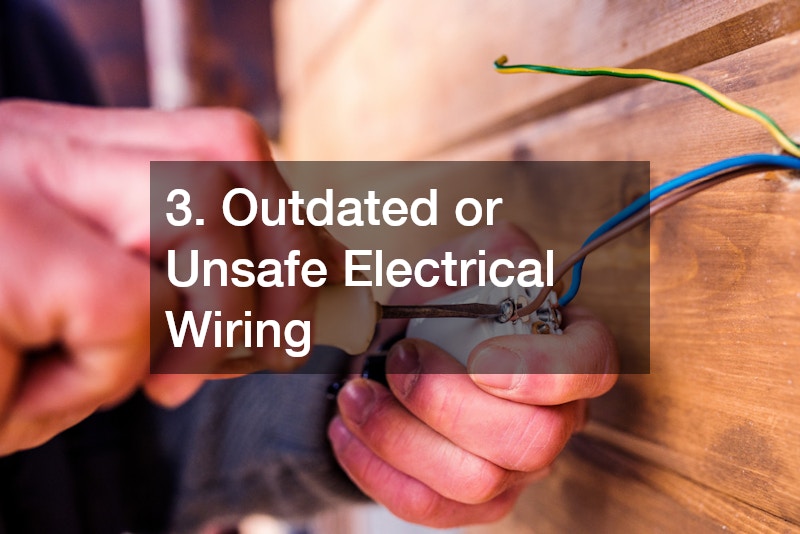
Old or faulty wiring can be a silent danger lurking behind your walls. It’s not just about flickering lights — it’s about preventing shocks, shorts, or even electrical fires. If your new place hasn’t had an electrical inspection in a while, make that your first step.
Qualified electricians can identify outdated systems, overloaded circuits, or ungrounded outlets and recommend the safest way to bring everything up to modern code. They’ll also check whether your breaker panel can handle today’s high-powered appliances, HVAC units, and smart home devices.
If issues are found, schedule the necessary electrical repairs before moving in. Rewiring or upgrading outlets may seem inconvenient now, but it’s far easier (and safer) than tearing open walls after you’ve settled in.
Quick check list:
-
Test all outlets and switches.
-
Inspect exposed wiring in the attic or basement.
-
Upgrade two-prong outlets to grounded three-prong ones.
-
Consider adding GFCI outlets in bathrooms, kitchens, and garages.
4. Plumbing Leaks and Clogged Drains
Leaky pipes or clogged drains might sound minor, but water has a way of turning tiny problems into full-blown disasters. Before you move in, run every faucet, flush every toilet, and check under sinks for moisture, corrosion, or slow drainage. If you catch a musty smell, there’s a good chance a hidden leak or blockage is brewing somewhere behind the walls.
While simple clogs can sometimes be fixed with a plunger or drain snake, larger issues often require professional clogged drain services to fully clear out buildup or debris. A trusted plumbing company can inspect the main water line, assess pipe conditions, and look for rust, mineral deposits, or outdated materials that could fail under pressure. Taking care of these issues early means fewer headaches — and no unexpected floods — once you’ve unpacked and settled in.
Before moving in, check your plumbing system for:
-
Leaks under sinks, around toilets, or behind appliances
-
Slow drains or gurgling sounds when water runs
-
Rusty or corroded pipe joints
-
Water stains on ceilings or walls
-
A dripping sound when all fixtures are off
-
Minor plumbing repairs that can be easily fixed now instead of after move-in
Pro tip: Ask for a recent plumbing inspection report if available. It can reveal hidden problems before they become costly emergencies.
5. Broken HVAC System
There’s nothing worse than discovering your heating or cooling system doesn’t work right after moving in — especially in extreme weather. Before unpacking, hire an experienced HVAC contractor to inspect the system from top to bottom. They’ll check for worn components, airflow issues, and whether your system is properly sized for the home. A quick inspection can reveal if the unit needs cleaning, tune-ups, or replacement parts.
If your furnace struggles to heat efficiently or makes odd noises, schedule furnace repairs before the problem gets worse. Change air filters, check the thermostat, and make sure the ducts are clear and properly sealed. If the system is over 10–15 years old, consider upgrading to a more energy-efficient model. Not only will this improve comfort year-round, but it’ll also save money on energy bills in the long run.
HVAC move-in checklist:
-
Replace or clean all air filters.
-
Test the thermostat’s heating and cooling functions.
-
Inspect ductwork for leaks or dust buildup.
-
Check outdoor condenser units for debris or blockages.
-
Ask for the system’s maintenance or installation records.
Tip: Book your inspection before moving in so repairs don’t interfere with your daily routine — you’ll enjoy the right temperature and peace of mind from day one.
6. Roof Gutters and Drainage Problems
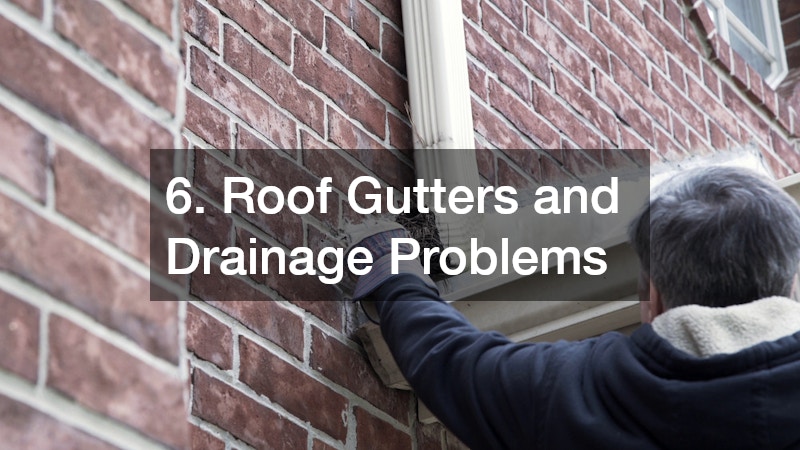
Gutters might seem insignificant, but when they’re clogged or broken, they can cause serious water damage. Water that doesn’t flow away from your home can pool around the foundation, seep into basements, or cause soil erosion. Even a small blockage can redirect water into walls or siding, leading to costly damage over time.
Before moving in, clean out all gutters and ensure downspouts extend several feet away from the foundation. Check for sagging or cracked sections, and confirm that the grading around your home slopes away from the structure. Proper drainage is one of those invisible safeguards that keeps your home dry and healthy.
Drainage maintenance tips:
-
Clear out leaves and debris at least twice a year.
-
Use a garden hose to check for smooth water flow.
-
Install splash blocks or extensions at downspout ends.
-
Inspect gutters for rust, leaks, or separation from the roofline.
-
Make sure soil slopes away from your home to prevent pooling.
If you live in an area with heavy rainfall, consider installing gutter guards or a French drain system. It’s an upfront investment that can save thousands in potential water damage repairs later on.
7. Pest Infestations and Hidden Damage
Nobody wants to share their new home with unwanted guests. Rodents, termites, and other pests can hide in walls, crawl spaces, or attics — and often, the damage isn’t visible until it’s extensive.
Before you move in, bring in a pest control expert to inspect for droppings, nests, or gnawed wiring. They’ll also look for termite tunnels or wood damage, which could compromise your home’s structure.
If pests are found, handle it right away. Fumigation, traps, or sealing entry points can keep them from returning. Don’t assume a “clean-looking” house is pest-free — even luxury homes can have infestations in unseen areas.
Warning signs of a hidden infestation:
-
Small piles of sawdust or dirt near baseboards
-
Chewed wires or insulation
-
Hollow-sounding wood beams
-
Unexplained scratching noises in walls or ceilings
8. Mold, Mildew, and Moisture Issues
Mold and mildew aren’t just gross — they can affect your health and the home’s air quality. If you notice musty smells, stains, or peeling paint, there’s probably moisture hiding somewhere. Common culprits include roof leaks, poor ventilation, or water damage that wasn’t properly dried.
Addressing the source of moisture is key. Fix leaks, improve ventilation in bathrooms and basements, and use dehumidifiers where necessary. A professional mold remediation team can test air samples and safely remove contaminated materials if needed.
Quick prevention steps:
-
Keep indoor humidity below 50%.
-
Run exhaust fans during and after showers.
-
Check for condensation on windows and pipes.
-
Clean gutters regularly to prevent seepage.
9. Damaged Windows, Doors, or Weatherstripping
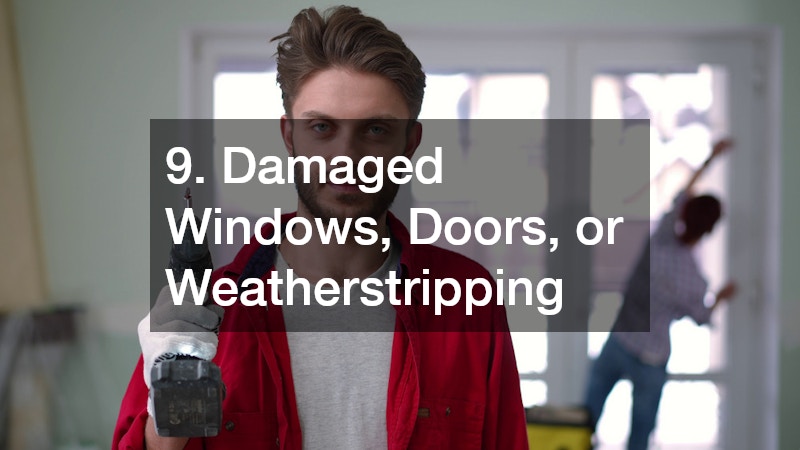
Drafty windows or warped doors can quietly drain your home’s comfort and energy efficiency. When gaps form around frames, they let in cold air, humidity, and even pests — all of which can lead to higher energy bills and costly damage over time.
Before moving in, take the time to inspect each window and door carefully. Look for:
-
Cracked or broken glass that compromises insulation and safety
-
Loose hinges, handles, or locks that affect function and security
-
Soft or rotted wood around frames and sills, especially near moisture-prone areas
-
Worn or missing weatherstripping that allows drafts and dust to seep in
-
Gaps or visible light between doors and frames indicating poor sealing
If your home still has old single-pane windows, upgrading to double-pane models is a smart move — you’ll notice better comfort, quieter interiors, and improved energy performance. Also, check for any doors that stick or don’t close evenly, which might indicate foundation settling or humidity issues.
Bonus tip: Pay special attention to exterior doors. Solid-core or steel models not only provide superior insulation but also enhance home security. Adding new thresholds, door sweeps, and fresh weatherstripping can make a surprising difference in how comfortable your new home feels.
10. Unsafe Flooring, Stairs, or Railings
Tripping hazards are some of the most overlooked — yet potentially dangerous — move-in problems. Loose floorboards, cracked tiles, or unstable railings can cause serious accidents, especially when you’re still unpacking or coordinating with movers carrying heavy boxes and furniture through narrow spaces. A single misstep could mean injuries or damaged belongings before you’ve even settled in.
Do a detailed walkthrough of all floors, stairs, and railings before moving day. Check for:
-
Loose or uneven steps that could shift under weight
-
Wobbly handrails or missing balusters that make stairs unsafe
-
Cracked, chipped, or lifted tiles that can trip someone easily
-
Carpet issues such as frayed edges, lifted seams, or exposed nails
-
Uneven transitions between flooring materials that can catch shoes or carts
-
Soft or squeaky floorboards indicating loose nails or subfloor damage
If your new home has hardwood floors, inspect them closely for deep scratches, gaps, or lifted planks — these might require refinishing or minor repairs to restore both appearance and stability. Tile and vinyl flooring should be replaced if severely damaged or uneven.
Taking care of these issues early ensures your new home feels safe and solid from day one. Not only will it make unpacking smoother and safer for everyone involved, but it’ll also give you peace of mind knowing every step you take in your new space is secure.
Final Thoughts: Move In With Confidence
It’s tempting to rush into your new space and start decorating right away — but a little patience and preparation go a long way. Tackling these ten key repairs before move-in doesn’t just protect your investment; it sets the stage for a smoother, more comfortable transition. Addressing problems early means fewer disruptions later, and ensures every system in your home — from the foundation to the furnace — is working exactly as it should.
Once the structure, systems, and safety checks are complete, you can turn your attention to the fun part: choosing paint colors, arranging furniture, and adding those personal touches that make a house feel like home. You’ll have peace of mind knowing your space isn’t just beautiful, but also solid, efficient, and safe.
Think of it this way: every repair you make now is one less surprise down the road — and a stronger start for your next chapter. A secure, well-prepared home isn’t just a place to live; it’s the best housewarming gift you can give yourself.

